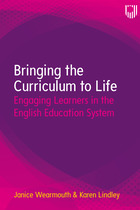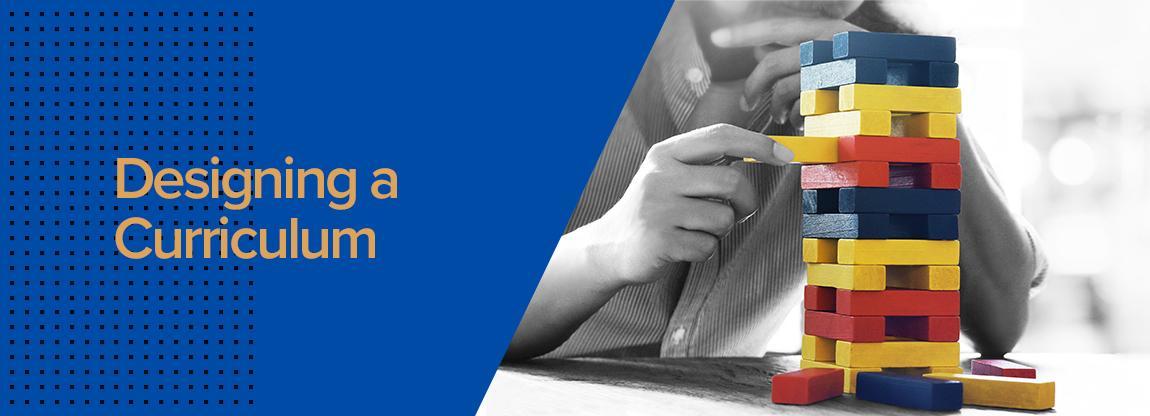James Shea: Mastery of the Curriculum
As a Director of Initial Teacher Education, I work on the boundary between people who want to become teachers and those who are already teaching. I have many conversations with applicants about what this means in terms of having knowledge to pass on – in other words, teaching a curriculum.
Part of being a teacher is an assumption that as a teacher you will have mastery of the school curriculum which you are there to teach. There is an assumption that the teacher will then transfer this mastery onto their pupils through good teaching practice.
This is a sensible model and you will hear about how mastery should be achieved, with deep and precise learning as well as revisiting the content rather than moving quickly through material and not returning to it.
But, this does need a starting point – what is this curriculum that teachers teach?
What does a teacher teach?
It sounds like such an easy question doesn’t it? An English teacher teaches English. A mathematics teacher teaches mathematics. A primary teacher teaches everything. However, the answer becomes more complicated the more you think about it. Who is it that says a book can be taught in an English classroom? Who decides on how division should be taught? Who agrees how a primary teacher should teach reading?
The answer to each of these questions are very different and that makes it difficult for a teacher who wants to ensure that they and their pupils have mastery of the curriculum.


Designing a curriculum
In England, there is a national curriculum, introduced in 2014. This sets out some guidelines to the content that must be taught: two Shakespeare plays across KS3 (ages 11-13) for example. However, you might ask - who wrote this curriculum? How is it implemented across the country?
In answer, the minister for education at the time selected a curriculum task group and asked them to produce a report to inform curriculum design and updates to the existing curriculum. This was then given to the exam board and further changes implemented. One such amendment was the reduction in importance of speaking and listening at GCSE. This change to the speaking and listening content in the English GCSE was put out for consultation and despite over 90% of parents, teachers and educationalists opposing it, it was still introduced.
It is clear there is a top down drive over the curriculum that is delivered in England. However, in 2010, the government passed the 2010 Academies Act which entitles academies to not follow the National Curriculum. And a majority of schools in England are now academies. So, there is a top down National Curriculum, but a majority of schools do not have to follow it.
If we look at how reading is taught in primary education, there is a different approach. Here, the government insists that all schools use a reading programme based on the theories of systematic synthetic phonics (SSP). There is no choice regardless of school type. This is also checked by the inspection quango (Quasi-NGO) the Office for Standards in Education (OFSTED).
No provider of teacher education, nor state funded school can teach or use any other system for reading instruction than SSP. Independent schools are not covered by this ruling and may use a different curriculum at their discretion. And that’s not the only difference.
There is a tension here. On one hand, the government appreciates that having freedom to produce an innovative curriculum is important. On the other, they only allow this freedom to those schools that are not overseen by local authorities.
Even when the school in question is an academy there are clear areas where the government will insist on content or an approach to teaching – such as statutory personal and social education or methods of teaching reading.


"Who is it that says a book can be taught in an English classroom? Who decides on how division should be taught? Who agrees how a primary teacher should teach reading?"


Engagement with the National Curriculum
A trainee teacher coming into the profession might begin by asking to be shown the pre-existing curriculum. They want to know what the national curriculum entails and how schools are delivering this or their own curriculum. However, it does not take long before they begin to engage creatively with the choices behind this.
To use a recent example: the Black Lives Matter movement has driven a desire for greater diversity in the curriculum. In response to this movement teachers have been selecting different books, alternative historical events and additional attitudes to explore.
You begin to move then, from thinking about a curriculum full of knowledge which is assessed to a curriculum that also educates and there is a difference.
Non-assessment-based curriculum
It is important to parents and teachers alike that children are physically and mentally healthy. That they have a good understanding of financial education, of morals, of ethics and that they appreciate the values and mores which make up the society within which we live.
Parents generally want their children to go on to become good citizens who are community spirited, who read for pleasure and who have good lifelong outcomes. Teachers are indeed responsible for teaching all of these areas to children and young adults and ensuring that they have good mastery of their emotions and their well-being.
Training to be a teacher
When a trainee teacher comes to me and they say – I have already worked, I have already had a life before coming into teaching, will this go against me? I always reassure them that they’ve been working on their curriculum knowledge during this time.
It’s not enough to have a degree or precise subject knowledge, you also need to possess and communicate good knowledge of society. And when these trainee teachers ask to be given the curriculum they must master in order to teach, I have to tell them that in becoming a teacher, they then participate in the ongoing construction and reconstruction of that curriculum.
True mastery of the curriculum demands that teachers both learn and write that curriculum at the same time.

Dr James Shea is the Director of Post Graduate Secondary Teacher Education (QTS) at the University of Bedfordshire, UK.
If you are interested in expanding your understanding of curriculum mastery or any of the other themes touched on in this blog post; consider grabbing a copy of Bringing the Curriculum to LIfe by Janice Wearmouth & Karen Lindley (eds.) and featuring contributions from James Shea and a host of other subject experts.

